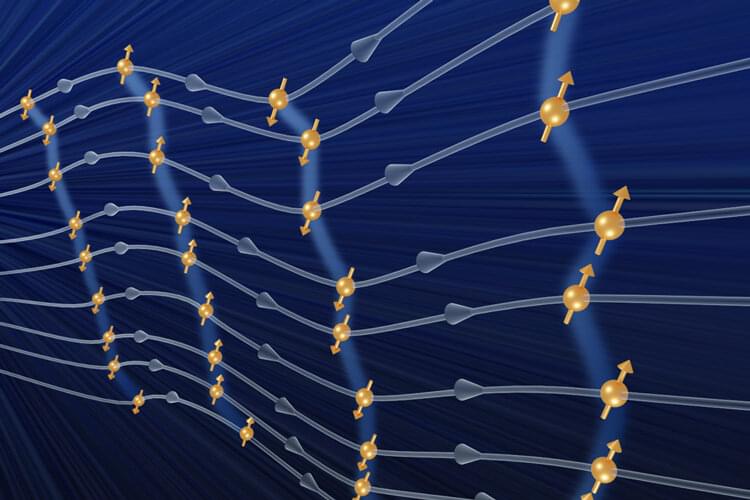UC Berkeley physicist Norman Yao first described five years ago how to make a time crystal—a new form of matter whose patterns repeat in time instead of space. Unlike crystals of emerald or ruby, however, those time crystals existed for only a fraction of a second.
But the time has arrived for time crystals. Since Yao’s original proposal, new insights have led to the discovery that time crystals come in many different forms, each stabilized by its own distinct mechanism.
Using new quantum computing architectures, several labs have come close to creating a many-body localized version of a time crystal, which uses disorder to keep periodically-driven quantum qubits in a continual state of subharmonic jiggling—the qubits oscillate, but only every other period of the drive.
